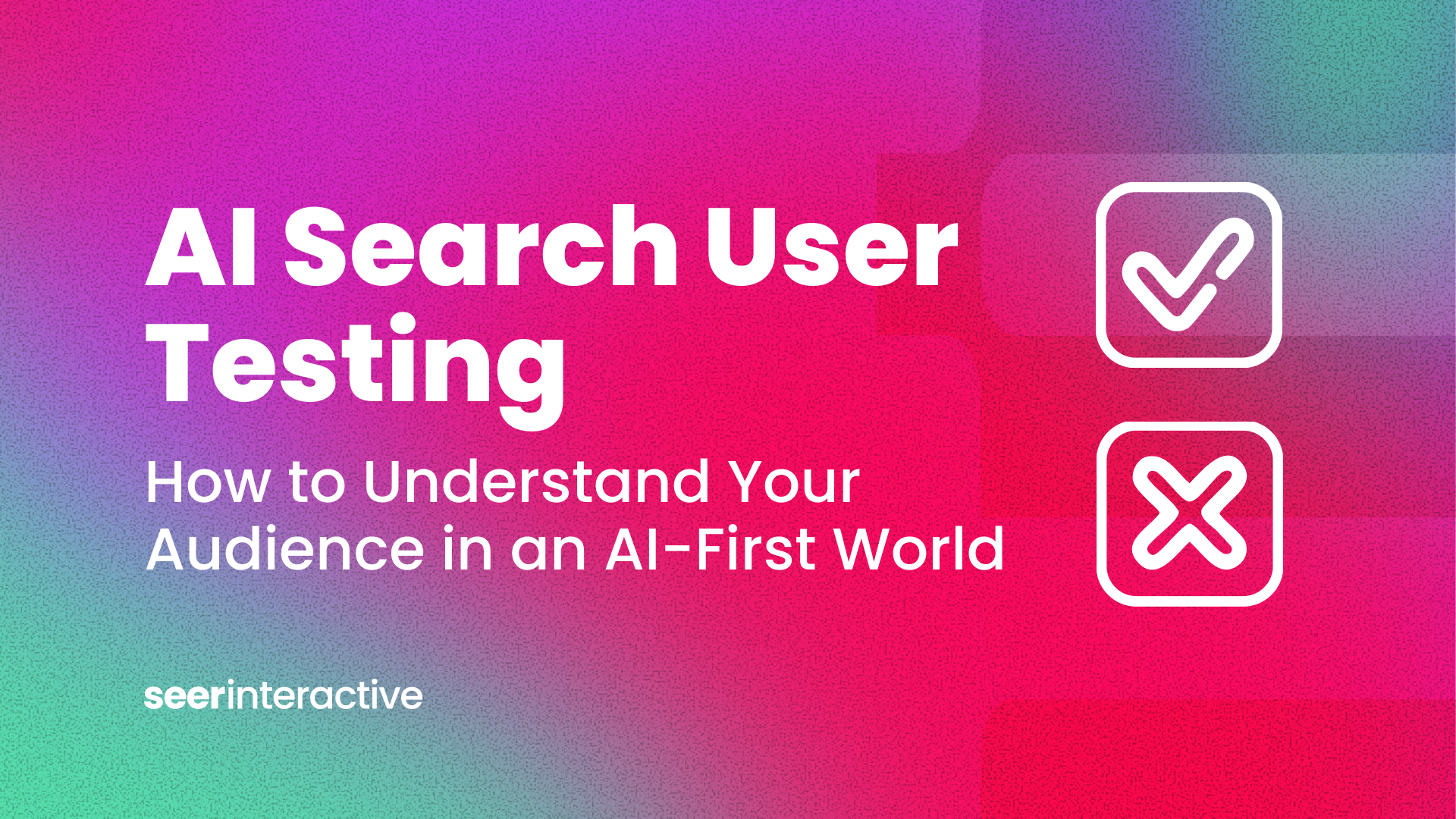In the digital age, where data drives decisions, the ability to quickly and accurately analyze financial reports is invaluable. Particularly for public companies, earnings reports are a goldmine of information. However, deciphering these dense documents can be daunting. This is where Artificial Intelligence (AI) steps in, transforming a complex process into an insightful and manageable one.
In this blog, we'll explore how to leverage AI, particularly tools like ChatGPT4 and Bard, to extract key insights from earnings reports, enhancing consultative value for clients and internal teams alike.
The Value of AI for Data Analysis
Earnings reports, though rich in information, are often full of complex financial jargon and extensive data. AI revolutionizes this process by swiftly processing vast amounts of data, identifying key patterns, and presenting actionable insights in a fraction of the time. By leveraging AI, analysts can focus on strategic analysis rather than getting bogged down in data extraction. “Work smarter, not harder” should be the official slogan of AI.
Overview of the Process
Our approach to leveraging AI in earnings report analysis involves a three-step process:
- Generate a concise, actionable summary of the report's key takeaways.
- Identify relevant quotes from earnings call transcripts to inform deliverables, presentations and/or conversations.
- Link the insights to strategic recommendations for your business strategies.
Each step builds upon the previous one, resulting in a comprehensive, AI-driven analysis.
Step 1: Gathering Earnings Report Transcripts
The first step involves collecting the relevant earnings report transcripts. While numerous sources offer these transcripts, a platform like Seeking Alpha is typically the go-to. However, be aware of potential paywalls for these tools and ensure the transcript is comprehensive of the entire earnings report to ensure a thorough analysis from the AI tool.
[TIP] A simple Google search with the format “[company name] [relevant quarter + year] earnings report transcript” usually leads you to the right resources.
Step 2: Utilizing AI for Transcript Analysis
Once the transcripts are ready, choose an AI tool that has the ability to read a website page via a provided URL. ChatGPT4 or Bard are great options. The process involves:
- Generating Summaries: Prompt the AI tool for a one-page summary of key takeaways, including financial performance, company outlook, strategic initiatives, and potential challenges. Include a link to the transcript for the AI tool to review.
- Identifying Key Quotes: AI further aids in extracting pertinent quotes from key figures like CEOs or CFOs, which can significantly inform presentations and strategic decisions. Prompt the AI tool to pull relevant quotes from executives in attendance.
Make sure to cross-check the AI-generated insights with the actual transcript to ensure accuracy. This step is crucial as it verifies the reliability of the information provided. These tools continue to get smarter, but a proper QA remains necessary.
Step 3: Linking Insights to Strategy
The final step involves translating the AI-provided insights into actionable business strategies. This is where your role as an analyst or strategist becomes crucial. Use the AI-generated summaries and quotes to identify opportunities and risks for your clients or business, and develop strategic recommendations based on these insights. For instance, if AI identifies a potential risk in a company's report, advise your client on steps to mitigate it or dig further by asking questions to understand the impact.
Try this prompt “Based on the summary provided, what strategic questions should I be asking this organization about the earnings report summary?”
How This Process Translates to the Real World
Consider a hypothetical scenario where an AI tool is used to analyze the earnings report of a tech company. The AI tool identifies a significant investment in artificial intelligence as a key strategic initiative. This insight could lead to a recommendation for a client in a related field to explore partnerships or investments in AI technologies, or could be a signal to start testing the use of AI in your organization.
In another example, AI might highlight a company's shift towards sustainability. This insight can enable marketing teams to adjust strategies, capitalize on consumer trends, and stay ahead of competitors.
Conclusion
The integration of AI in analyzing earnings reports not only streamlines the process but also enhances the depth and breadth of insights available. By following the steps outlined, anyone can leverage AI to provide actionable insights, driving better decision-making and strategic planning.
AI is not just a tool; it's a game-changer in the realm of data analysis. Its ability to process vast amounts of data rapidly and accurately makes it an indispensable asset in today's data-driven world. Embracing AI in financial analysis is not just about staying ahead; it's about redefining the standards of strategic insight and decision-making.
In the evolving world of AI, how are you using this tool for your business? Let’s collaborate!


